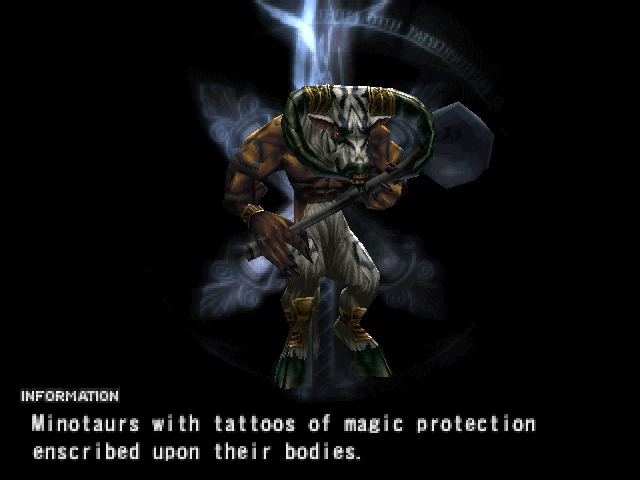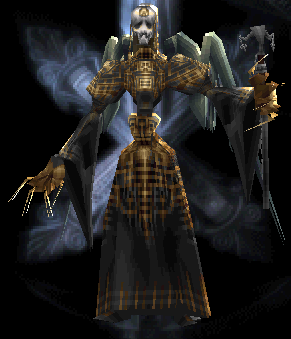


One story involves a man of "evil conduct" absconding from justice, who fled from York and made the ill-fated choice to get married. William wrote that stories of supposed revenants were a "warning to posterity" and so common that, "were I to write down all the instances of this kind which I have ascertained to have befallen in our times, the undertaking would be beyond measure laborious and troublesome." According to William, "It would not be easy to believe that the corpses of the dead should sally (I know not by what agency) from their graves, and should wander about to the terror or destruction of the living, and again return to the tomb, which of its own accord spontaneously opened to receive them, did not frequent examples, occurring in our own times, suffice to establish this fact, to the truth of which there is abundant testimony." Selected stories William of Newburgh īelief in souls returning from the dead was common in the 12th century, and Historia by William of Newburgh (1136–1198) briefly recounts stories he heard about revenants, as do works by his contemporary, Walter Map. References to revenant-like beings in Caribbean lore are often referred to as "The soucouyant" or "soucriant" in Dominica, Trinidadian and Guadeloupean folklore, also known as Ole-Higue or Loup-garou elsewhere in the Caribbean.

In the folklore and ghost stories of Eastern Scandinavia, Finnish "dead-child beings" are described as revenants animated by restless spirits that could be laid to rest by performing baptism or other religious rites. The draugr resists intruders to its burial mound and is often immune to conventional weapons, which renders the destruction of its body a dangerous affair to be undertaken by individual heroes. Stories involving the draugr often involve confrontations with the creature. Calmet ascribed revenants to sorcerers who sucked the blood of victims and compares instances of revenants mentioned in the twelfth century in England and Denmark as similar to those of Hungary, but "in no history do we read anything so usual or so pronounced, as what is related to us of the vampires of Poland, Hungary, and Moravia." Ī possible precursor of the revenant legend appears in Norse mythology, called the draugr or aptrgangr (literally "again-walker", meaning one who walks after death). (1751) in which he relates the rumors of men at the time: Calmet compares the ideas of the Greek and Egyptian ancients and notes an old belief that magic could not only cause death but also evoke the souls of the deceased as well. Īugustin Calmet conducted extensive research on the topic in his work titled Traité sur les apparitions des esprits et sur les vampires ou les revenans de Hongrie, de Moravie, &c. While some maintain that vampires derive from Eastern European folklore and revenants derive from Western European folklore, many assert that revenant is a generic term for the undead. The term "revenant" has been used interchangeably with "ghost" by folklorists. 1 Comparison to other folkloristic and mythological undeadĬomparison to other folkloristic and mythological undead.


 0 kommentar(er)
0 kommentar(er)
